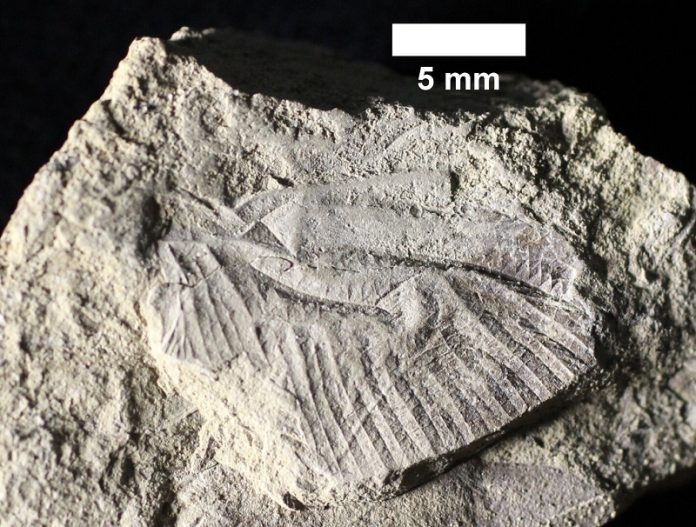
For the first time, paleontologists have uncovered a dragonfly fossil from Canada’s dinosaur age, and it’s helping to close a major gap in the evolutionary story of these ancient insects.
The discovery was made in 2023 at Alberta’s famous Dinosaur Provincial Park, a site best known for its incredible collection of dinosaur bones.
While scientists have long studied the park’s rich record of prehistoric reptiles, fossils of insects have been almost impossible to find.
Until now, the only insect from this area was a tiny aphid preserved in amber.
The breakthrough came during a McGill University field course, when an undergraduate student spotted part of a fossilized wing while splitting open rocks full of leaf impressions.
“We weren’t expecting to find any insects there, so it was a complete surprise,” said André Mueller, a Master’s student in McGill’s Department of Biology and lead author of the study.
The fossil turned out to be a completely new species of dragonfly, which the team named Cordualadensa acorni.
The species name honors John Acorn, a University of Alberta lecturer and science communicator well known for his TV series Acorn, the Nature Nut. Because of its unusual features, the researchers even created a brand-new family, Cordualadensidae, to classify it.
Though smaller than the giant dragonflies of Earth’s distant past, this insect still had an impressive wingspan roughly the size of a human hand.
Mueller imagines it would have been an important food source for hungry dinosaurs and pterosaurs—“a tasty raptor snack,” he joked.
But the find is far more than a curiosity. It helps fill a 30-million-year gap in the fossil record of dragonflies.
This species belongs to a large group of dragonflies known as Cavilabiata, and its wing structure suggests it was adapted for gliding flight.
Today, that ability is linked to migratory dragonflies, hinting that long-distance travel may have been part of their evolutionary success millions of years ago.
“This specimen gives us an important new piece of the ecological puzzle of Dinosaur Provincial Park,” said Prof. Hans Larsson, who led the field course. “It not only adds to our knowledge of insects from this time, but also shows us a new way insects were preserved in the rock.”
Researchers are now expanding their search methods and have already started uncovering more insect fossils in the area. This suggests that Alberta’s Cretaceous ecosystem was far richer and more diverse than previously thought.
The discovery has been published in the Canadian Journal of Earth Sciences and marks a milestone in Canadian paleontology: the first dinosaur-era dragonfly ever found in the country.



